The Real Reason Android Tablets Failed
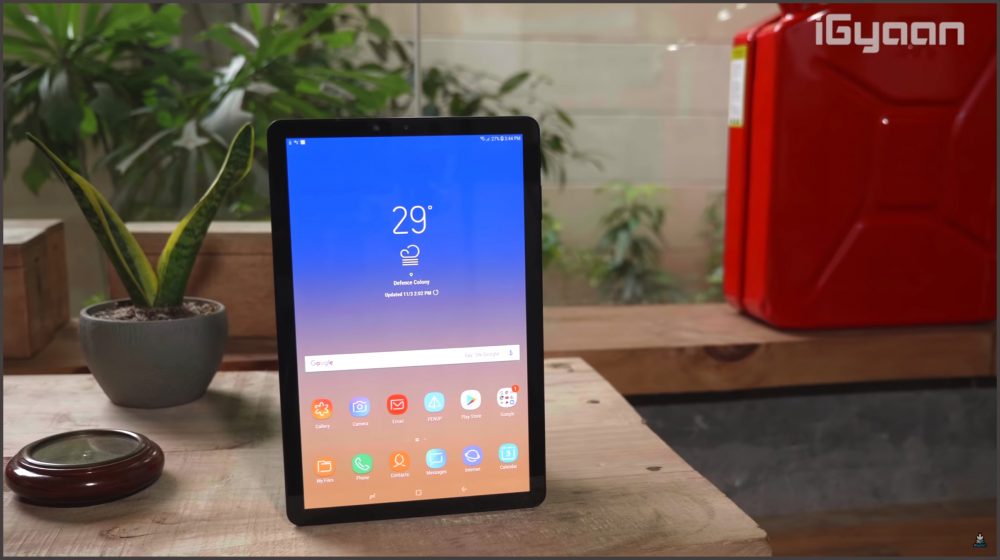
When Apple released the iPad in 2010, it toppled the industry owing to the groundbreaking design and technology the device incorporated. It is still considered as the time which led to the advent of tablets. Many Android manufacturers including Samsung and Motorola, tried to cash in on the trend at the time but failed. The market for Android tablets hasn’t really caught on since. So, what can be the reason for the tremendous success of the Apple iPad but the dismal failure of Android tablets?
History Of Tablets
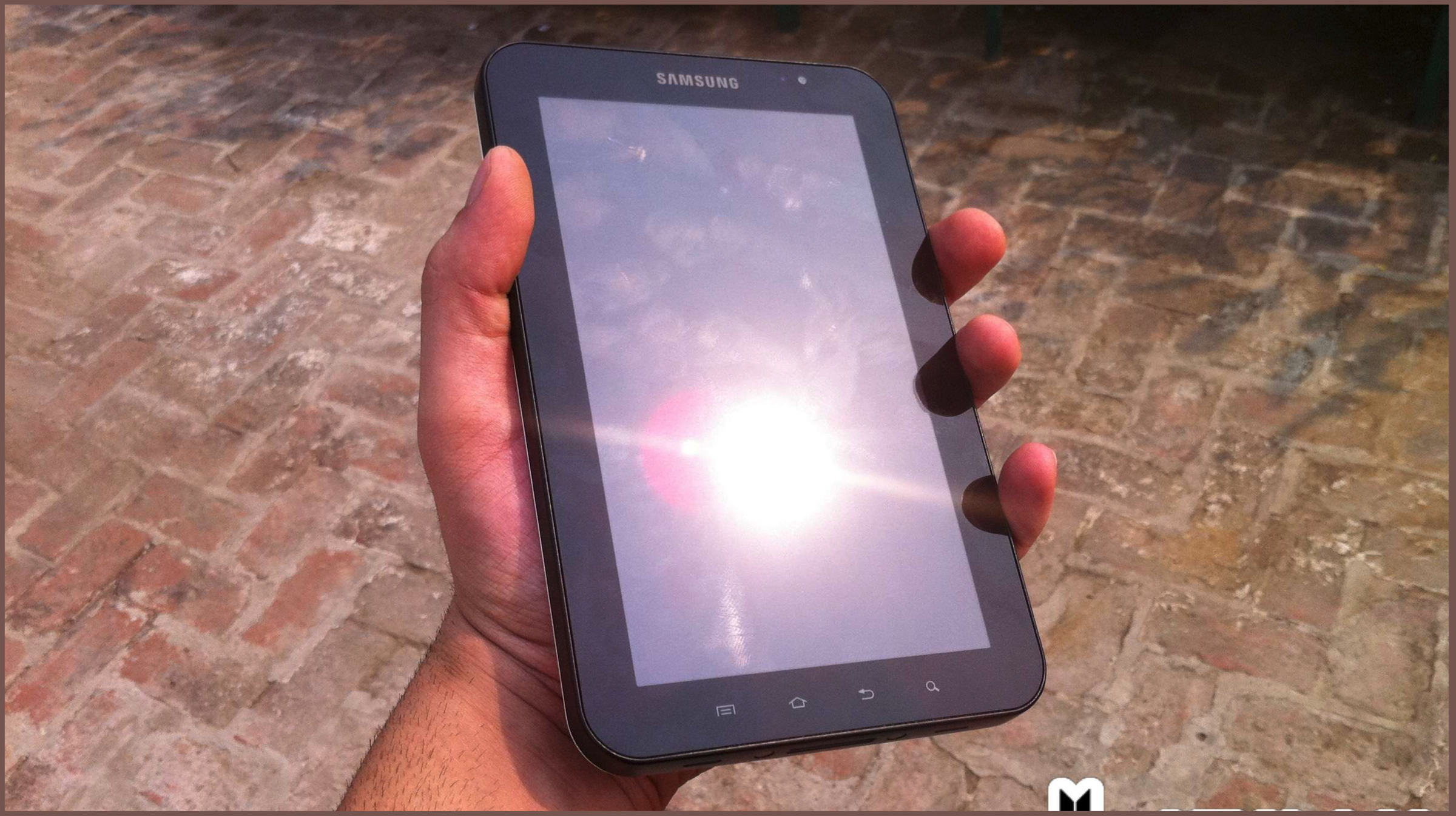
Interestingly, the first tablet with touch input was neither running iOS or Android. While it is debatable, the Microsoft Tablet PC, announced in the year 2000, is considered to be the first tablet. It ran Windows XP and supported touch input. But the product failed abysmally, owing to the poor user experience and an uninspired design. The Apple iPad, released in 2010 by Steve Jobs is considered the reason tablets got popular in the first place. At the time, Android OS was relatively new and unpolished, so the success of the iPad was foreseen. However, manufacturers on the Android side tried catching up to the competition and we got the first Samsung Galaxy Tab.
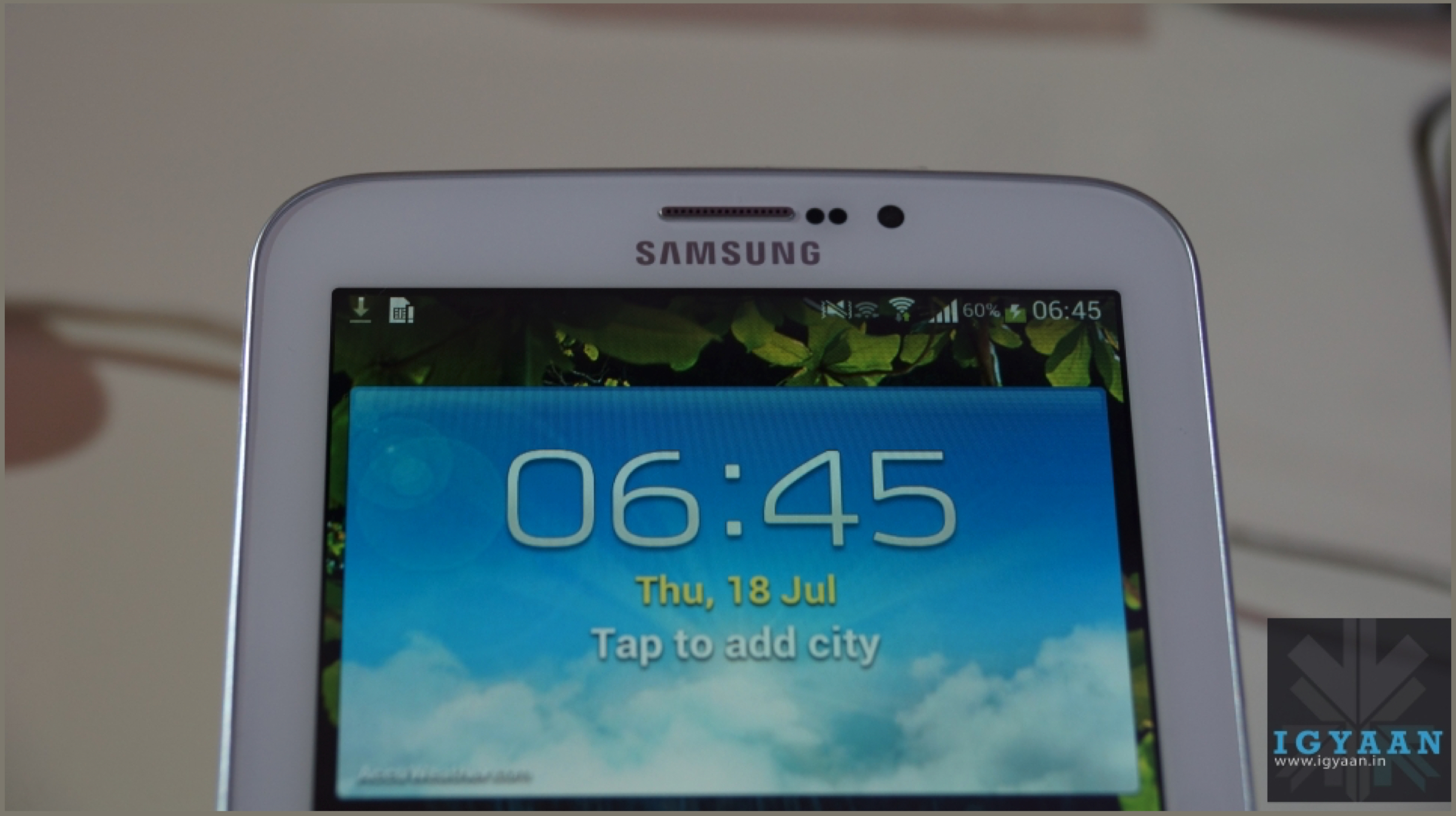
Released in 2010, the Galaxy Tab had a 7-inch display and ran the Samsung’s TouchWiz UI on top of Android 2.2 Froyo. The Operating System lacked any sort of optimization like on the iPad which resulted in an unrefined, laggy experience. Google tried to fix the optimization issues by releasing a new Operating System built around them. Called 3.0 Honeycomb, this allowed developers to build applications that could match the size of tablets and that did not feel out of place. Many manufacturers, like Motorola with its XOOM tablet, LG with its G-Slate and Acer’s Iconia Tab were all running the new OS by the year 2011.
Android Tablets: Jumping Ship
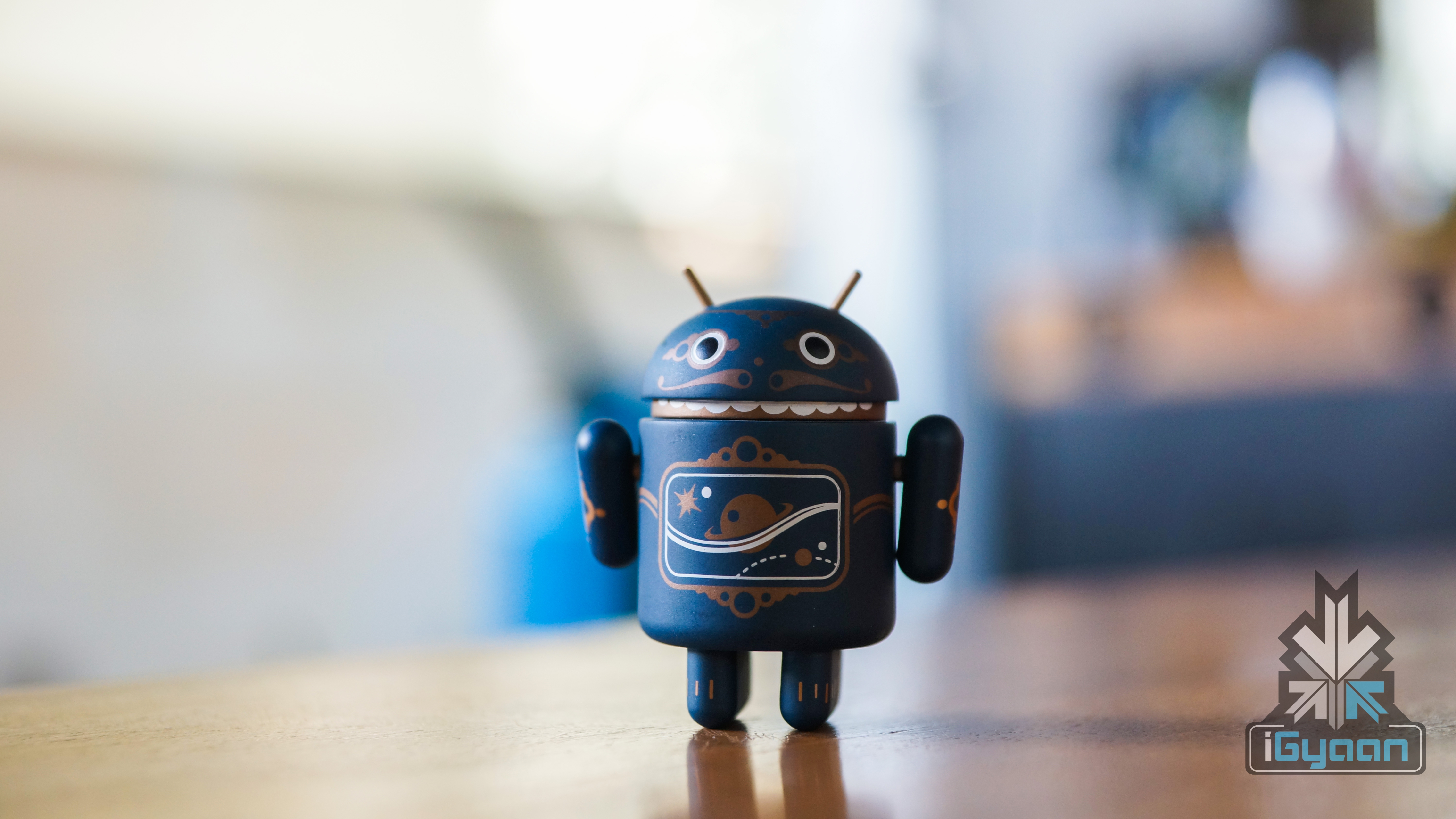
While Honeycomb was a promising OS, unlike iOS, most developers didn’t get on board to develop apps for it; due to the variety of screen sizes available, which made Honeycomb a rarity on devices because of poor app support. By the year 2011, Android 4.0 Ice Cream Sandwich was a thing, which had better compatibility with most apps, was also supported just fine on tablets.
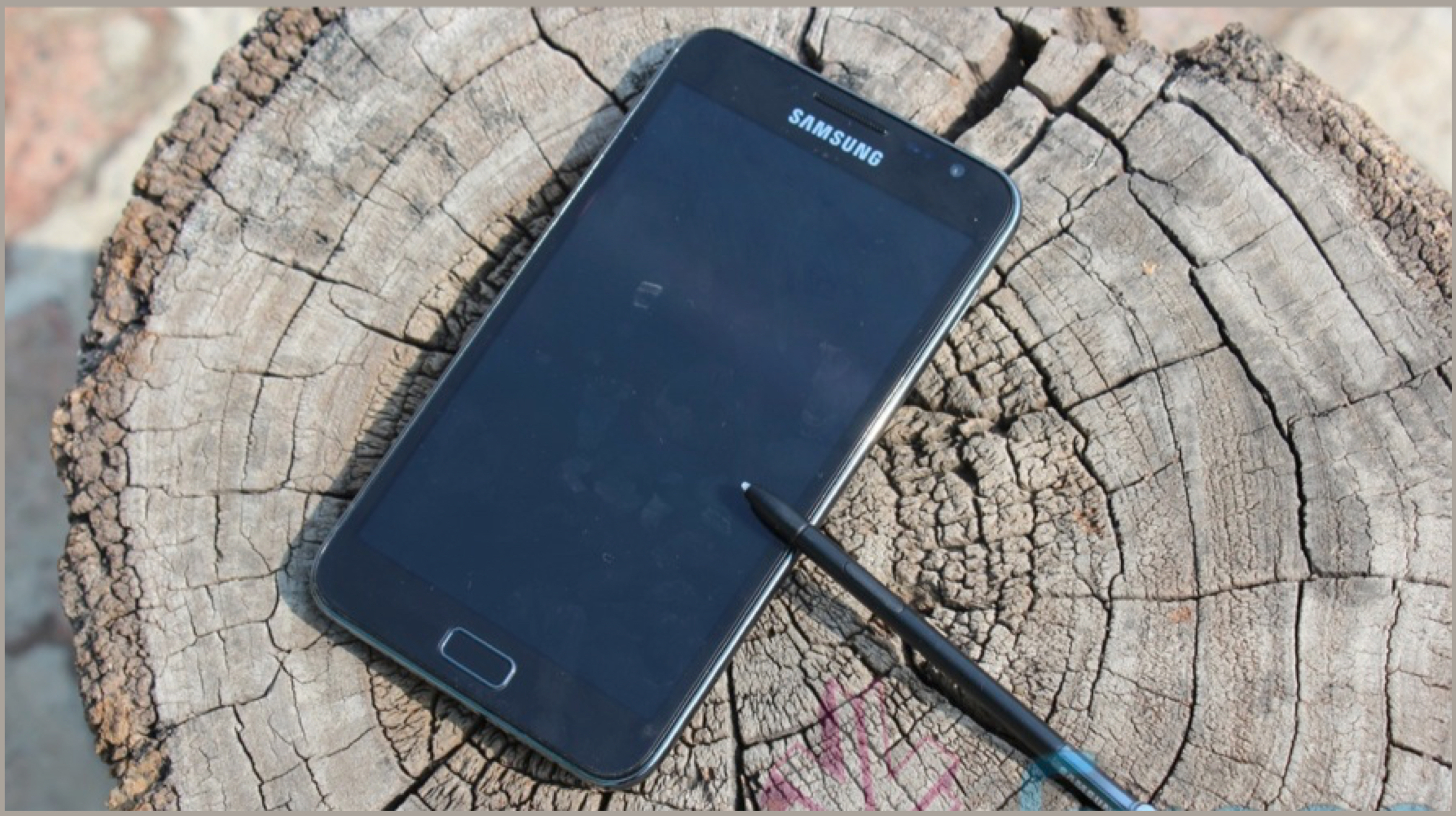
Then arrived the Samsung Galaxy Note in 2011. The smartphone featured a 5-inch display which was considered massive at the time for mobile devices. A new term, called ‘Phablet’ was coined then. It meant a device which is a combination of a smartphone and a tablet. The device wasn’t doomed with poor app support, ran a more common version of Android and was more pocketable than tablets. So to make things more confusing, tablets which were already a device between a smartphone and laptops was slowly replaced by phablets, a mix of the smartphone and tablets.
The Ultimate Doom
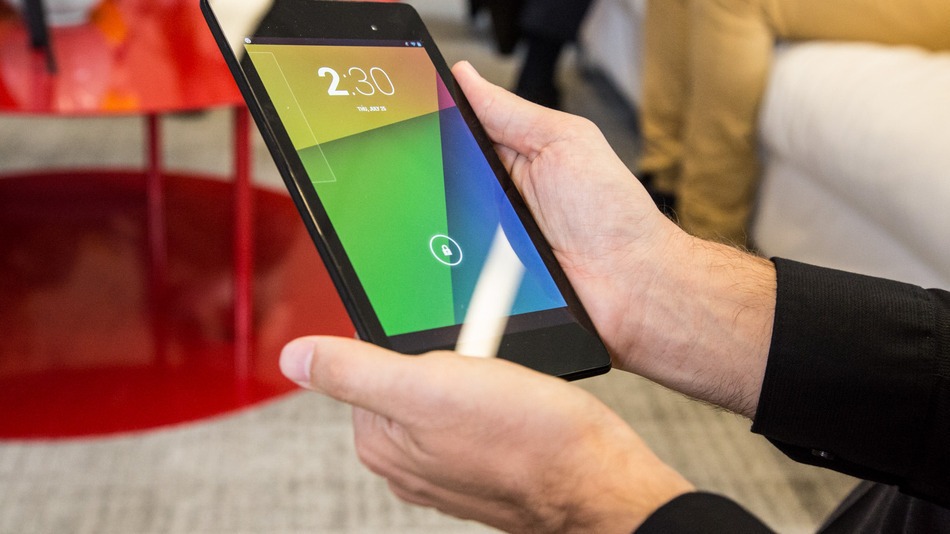
Google tried updating its Android OS along to support both smartphones and tablets. It also released the Nexus 7 and Nexus 9 Tablets in 2013 and 2014 respectively to try reviving the slowly fading market. It did work for a while, but using Android apps on tablets was still far from perfect experience. Many applications were not designed for big screens so it ended up looking like a stretched out version of its smartphone counterpart.
Smartphone makers meanwhile were more focussed on making the screen size bigger or on phablets. And by the year 2017, the race to a bezel-less future started. This led to ever-increasing screen sizes, reaching up to 6.5-inch displays on average. With the line blurring out between tablets and smartphones. Apple also understood the same and tried marketing the iPad as a media device and the iPad Pro as a replacement to a computer. The Android tablet makers, who tried mimicking the same, couldn’t make it work. This was again, due to poor software optimizations and abysmal app support. It didn’t help that they used mobile processors which weren’t powerful enough for computing.
![]()
The last attempt by Google at developing an Android tablet was 2015’s Pixel C, which was cut off from receiving software support starting last year’s Android 9 Pie. This meant Google finally accepted that Android tablets wouldn’t work. They were fine as media devices, but give them anything more, and you’d be disappointed. All is not grim though, as company’s like Samsung, Huawei, Lenovo and Xiaomi still make tablets which have decent specifications and work well as a primary media consumption device.
Looking Forward
![]()
With Google accepting the fate of Android Tablets, it suggested that the era of the devices will finally meet its maker. Surprisingly, that didn’t happen as the company released the Pixel Slate last year. It ran ChromeOS, Google attempt at making a web-based operating system for PCs with humble hardware. The ChromeOS was designed in a way where Android apps can be used with ease and it offered a better software experience. While the tablet received wretched reviews for its poor software optimization, it did showcase one thing. The Pixel Slate revealed the next step for Android tablets, existing as ChromeOS devices.
There are again problems with ChromeOS. The Android application support is limited and the software can be buggy. But more often than not, it shows promise which Android tablets didn’t do. The OS is light and fast on mediocre hardware. It also gets fast software updates and has the potential to be a good computing device for a lighter workload. But to affirm the position of tablets, it needs more manufacturers onboard.
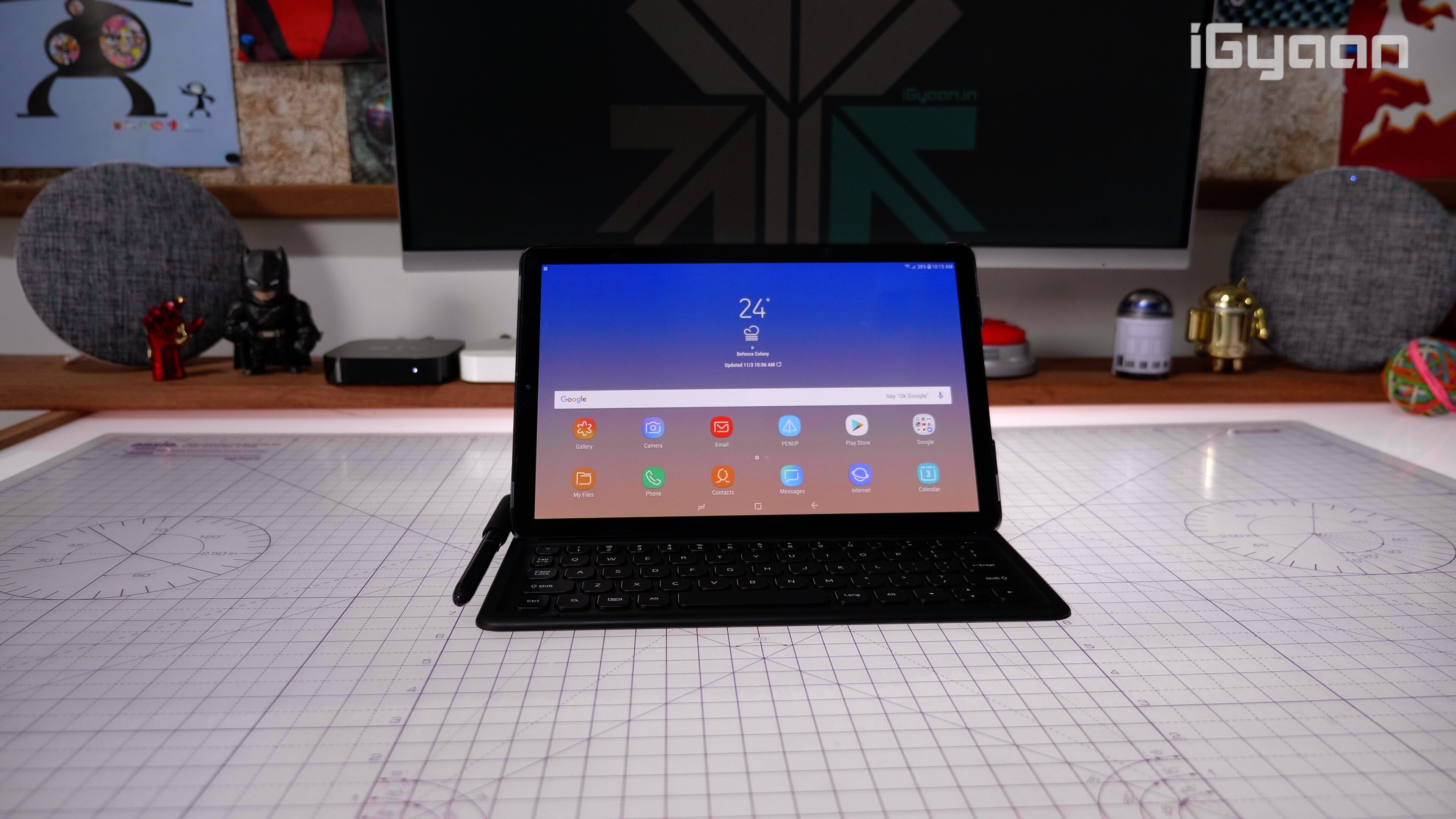
Also read: Top Tech Gadgets & Accessories For The Month Of March
To make a tablet successful, you first need a use case for it. The iPads have theirs, non-Android tablets like the Fire tablet have things like excellent app support for Amazon’s apps and an affordable price. Android apps mainly failed because they didn’t manage to find their footing. They are larger than a smartphone, but you can’t take calls on it’s like you do on the former. They are smaller than a laptop, but you can’t do any heavy work like you can on a computer. Unless a tablet, whether it is running iOS, Android or ChromeOS cannot define its existence, it can’t survive. That is what led to the demise of Android tablets.



















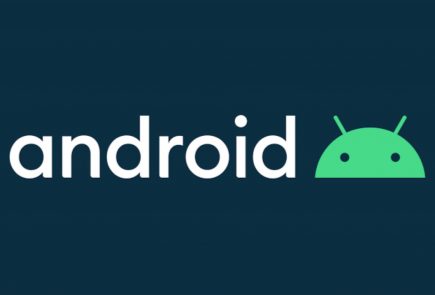
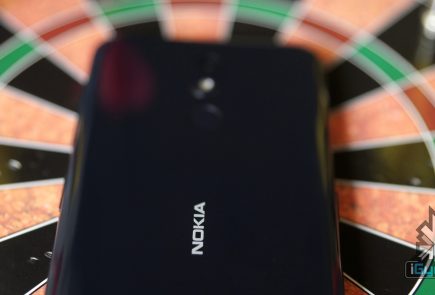


 . Thou
. Thou